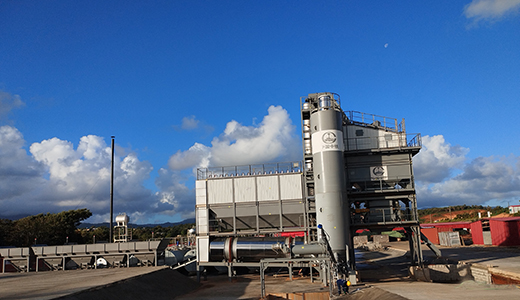An overview of energy-efficient asphalt batching plants, highlighting their sustainable design, energy optimization technologies, use of recycled materials, and overall benefits to construction practices.

An overview of energy-efficient asphalt batching plants, highlighting their sustainable design, energy optimization technologies, use of recycled materials, and overall benefits to construction practices.
Content Disclaimer
The content provided on this website is for informational purposes only. Some of the information, articles, images, and other materials available on this site may be sourced from third-party websites and public domain resources. While we make every effort to ensure the accuracy and reliability of the information, we do not take responsibility for the content provided by external sources.
This article explores the factors that influence the price of mobile asphalt plants in the construction industry, including production capacity, technology, brand reputation, and geographical location, providing insights for contractors looking to make informed purchasing decisions.
Batch mix asphalt plants are crucial for producing high-quality asphalt for road construction. They operate by batching raw materials, ensuring consistent quality and customization for different projects. The process includes weighing materials, heating aggregates, and mixing with bitumen. These plants also provide flexibility and incorporate technologies for emission control.